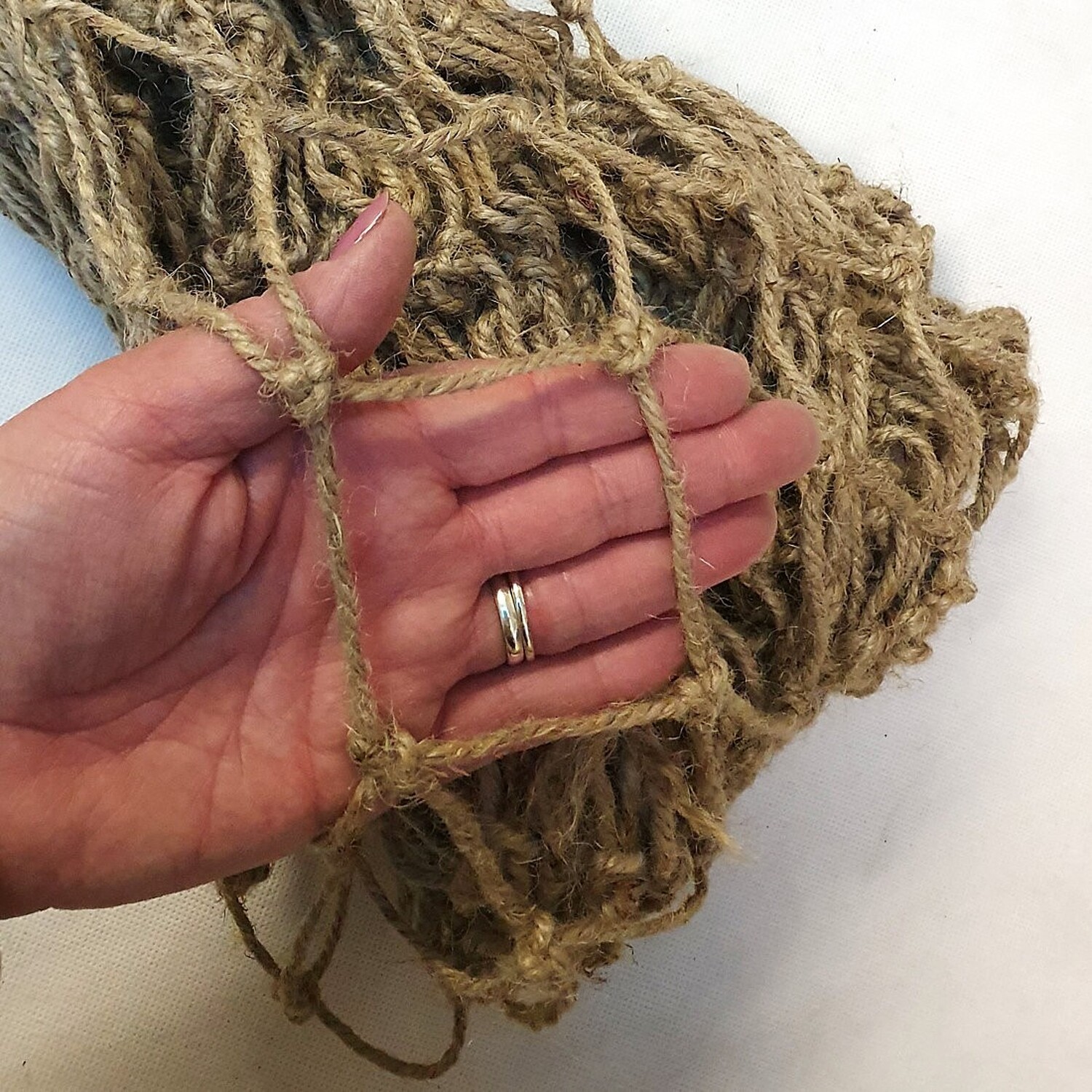- July 26, 2024
- Posted by: wellcoindustries
- Categories: Erosion Control, Jute Mesh
Introduction
Heavy-duty jute netting is an essential material used in various industries, particularly for erosion control, landscaping, and agricultural applications. This eco-friendly, biodegradable solution offers numerous benefits, making it a popular choice for sustainable projects. In this article, we’ll explore the advantages, common uses, and installation tips for heavy-duty jute netting, providing you with all the information you need to incorporate this versatile material into your projects.

Understanding Heavy Duty Jute Netting
Heavy-duty jute netting is a woven fabric made from natural jute fibers, known for its durability and strength. Unlike lighter jute netting, the heavy-duty variant is specifically designed to withstand harsh conditions and provide long-lasting support. Its properties include high tensile strength, biodegradability, and resistance to UV degradation, making it ideal for outdoor applications.
Benefits of Heavy Duty Jute Netting
One of the primary benefits of heavy-duty jute netting is its environmental friendliness. As a biodegradable material, it decomposes naturally over time, reducing the impact on the environment. Additionally, jute netting is highly effective in preventing soil erosion, helping to stabilize slopes and protect against runoff. Its versatility allows it to be used in various applications, from agricultural fields to construction sites. Moreover, it’s a cost-effective solution that provides excellent value for money.
Common Uses of Heavy Duty Jute Netting
Heavy-duty jute netting is widely used for erosion control in landscaping and construction. It helps to hold soil in place, preventing erosion and promoting vegetation growth. In agriculture, it is used to protect young plants and seeds, providing a stable environment for growth. Home gardeners also find it useful for creating controlled environments for plants. Additionally, it plays a crucial role in ecological restoration projects, aiding in the recovery of degraded land.
How to Install Heavy Duty Jute Netting
Installing heavy-duty jute netting is a straightforward process. Start by preparing the area, ensuring the soil is loose and free of debris. Lay the jute netting over the area, overlapping the edges by at least 6 inches. Secure the netting with biodegradable pins or stakes, spacing them evenly to ensure the netting stays in place. For best results, follow the manufacturer’s guidelines and consider consulting a professional for large-scale projects.
Finding Reliable Suppliers
When choosing a supplier for heavy-duty jute netting, it’s essential to look for quality and reliability. Consider suppliers with a proven track record and positive customer reviews. Ensure they offer products that meet industry standards and provide clear installation instructions. Some recommended suppliers include Wellco Industries and Unicomposite, known for their high-quality jute products.
Conclusion
Heavy-duty jute netting offers numerous benefits, including environmental sustainability, effective erosion control, and versatility in various applications. Whether you’re working on a landscaping project or looking to stabilize soil in an agricultural field, jute netting is a reliable choice. Consider incorporating this eco-friendly solution into your next project for a sustainable and effective outcome.
